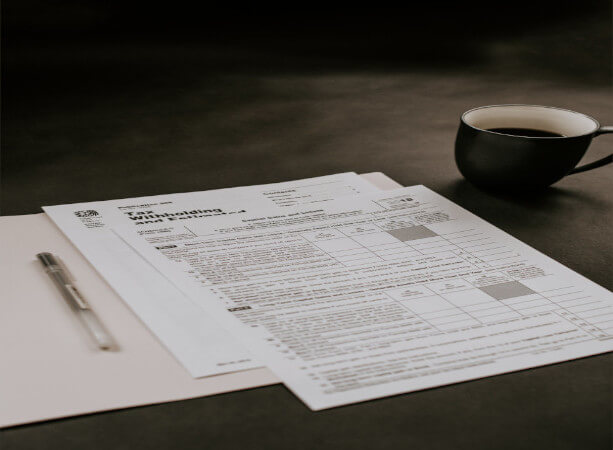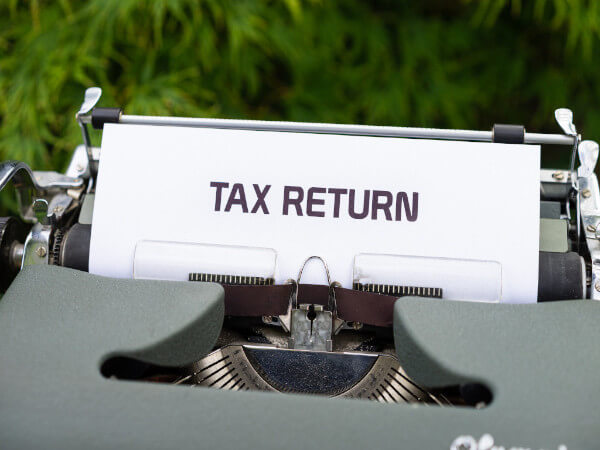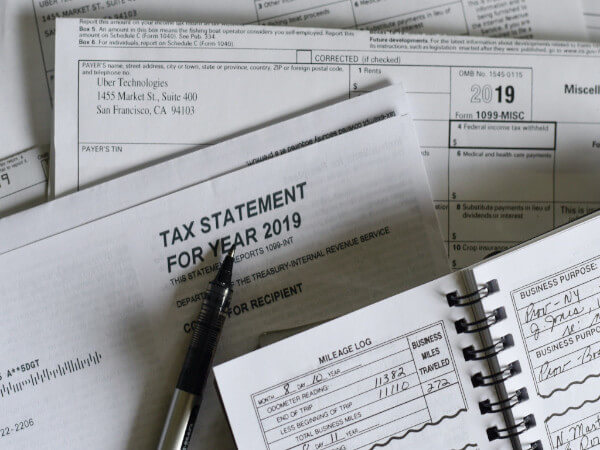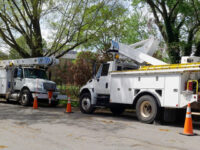Day: November 11, 2021
Avoid These Spending Traps When Investing in Law Firm Marketing
Developing an effective law firm marketing strategy takes time and money. Ensure you get results by avoiding these spending traps. If your law firm wants to grow, you need a solid marketing plan. With so many marketing options, how do you know the best way to spend your marketing dollars? How do you know if you are paying a reasonable price for marketing services and ads, or measure if the investment is worth it? As you develop your marketing strategy, beware of falling victim to these common spending traps. 1. Creating a Plan You Don’t Follow Building an effective marketing strategy takes a lot of time and focused energy, so you want to make sure to follow it. Sticking with the marketing plan can be more challenging than some might think, making it easy to lose sight of goals. Too often, the time and money spent developing the plan is wasted. For example, the boss wants to review every post but doesn’t approve them all, making it impossible to follow the plan. Or, after pouring time and resources into one plan, it is discarded in favor of something better, but the second plan is never executed. In scenarios like these, the firm may follow a plan for a while but stop when something or someone disrupts the routine, throwing the plan out and resorting to random, ineffective posting. To avoid this trap, create an effective plan and then automate it. After putting it into practice, revisit it, improve it — and keep going. 2. Accepting a “Good Enough” Website A website that is “good enough” is not going to cut it. If your law firm website was created years ago and has not been revamped, the content will be stale and the design outdated. Your firm’s website may be the
Read MoreLawyer Tech Tips: Things That Go Bump in Legal Tech!
In large part, remote-work tech tools have been a boon during the past months. But danger lurks behind certain tech when working from home. SOMETHING WICKED THIS WAY COMES. Working remotely, whether part-time or full-time, requires a variety of technology. And, to be sure, remote-work tech tools are loaded with treats that keep our businesses humming while we work from home. But danger lurks behind certain technology, or the way lawyers and staff might use it. What are some scary things WFH has revealed about lawyers’ tech habits? We asked our experts for some Halloween observations — as well as tricks for staying safe. Here are takes from Jim Calloway, Anne Haag, Tom Lambotte, Catherine Sanders Reach, Sharon Nelson and John Simek, and Ben Schorr. nne Haag: Beware the Internet of (Eerie) Things If you or members of your team have IoT-connected devices at home like Amazon’s Alexa or a Nest security camera, you need to be wary of what work-related information those devices might see or hear during the day. Your Google Home is always listening, waiting for you to say a “wake word” and give it something to do. All your interactions with these virtual home assistant devices are recorded, and the recordings are likely being reviewed by a company employee and fed back into their system to improve the AI central to the device’s functioning. And, while your security cameras are intended to give you peace of mind, are you sure no one else is watching? Stories about cameras being hacked abound, including one particularly blood-curdling tale in which a hacker was able to use the microphone to interact with a homeowner’s children. Whether or not you’re comfortable inviting these devices into your home is a personal choice. But the remote-work environment complicates things. Inform your team
Read MoreStinson’s Well-Being Committee Steps Up During the Pandemic
The American Bar Association’s Well-Being Pledge is part of its Wellness Campaign for Legal Employers, launched in 2018 in response to the profession’s mental health and substance abuse crisis. Those who sign on — 213 firms to date — pledge to not only support the campaign by creating awareness around these issues, they also agree to accountability, reporting back annually on steps taken to support the pledge. What does that look like? From racial trauma support to return-to-the-office resilience strategies, take a look at what one firm’s Well-Being Committee has achieved. The Well-Being Pledge Stinson LLP, an AmLaw 200 firm with 450 lawyers in 12 offices nationwide, has a long-standing commitment to well-being in the workplace. In 2019, Stinson became a signatory of the American Bar Association’s Well-Being Pledge. In keeping with its pledge, the firm established a Well-Being Committee charged with carrying out the pledge framework and other relevant initiatives. When the COVID-19 pandemic hit, the committee was grateful to have so many supportive programs already in place and understood that the extraordinary circumstances would require special and additional support services for firm personnel. Here is a look at some of what Stinson’s Well-Being Committee has achieved, with examples other firms can follow. Caregiver Support Network Parents and caregivers faced unique and significant well-being challenges with the onset of virtual schooling and the elimination of many support services. Launched in April 2020, Stinson’s Caregiver Support Group has become a vital community for caregivers of all kinds. The group, which meets regularly, provides a space for firm personnel to share experiences and ideas for navigating personal and professional responsibilities. The network also created a private Facebook page where Stinson attorneys and staff can support one another in light of the caregiving challenges raised by COVID-19. This forum provides a tool
Read More







